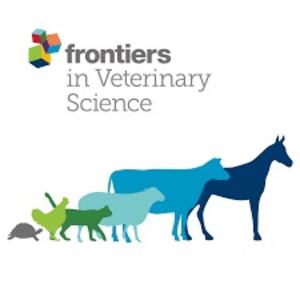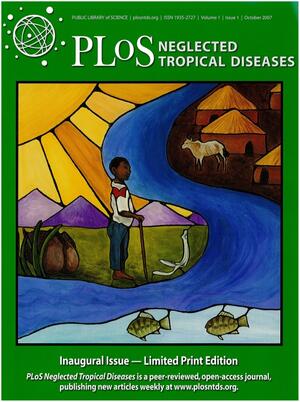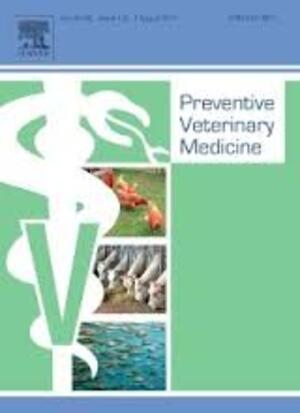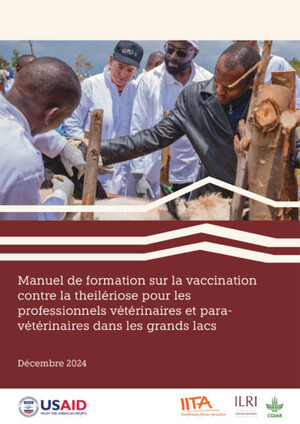
The broiler meat system in Nairobi, Kenya: Using a value chain framework to understand animal and product flows, governance and sanitary risks
Abstract
Livestock food systems play key subsistence and income generation roles in low to middle income countries and are important networks for zoonotic disease transmission. The aim of this study was to use a value chain framework to characterize the broiler chicken meat system of Nairobi, its governance and sanitary risks. A total of 4 focus groups and 8 key informant interviews were used to collect cross-sectional data from: small-scale broiler farmers in selected Nairobi peri-urban and informal settlement areas; medium to large integrated broiler production companies; traders and meat inspectors in live chicken and chicken meat markets in Nairobi. Qualitative data were collected on types of people operating in the system, their interactions, sanitary measures in place, sourcing and selling of broiler chickens and products. Framework analysis was used to identify governance themes and risky sanitary practices present in the system. One large company was identified to supply 60% of Nairobi's day-old chicks to farmers, mainly through agrovet shops. Broiler meat products from integrated companies were sold in high-end retailers whereas their low value products were channelled through independent traders to consumers in informal settlements. Peri-urban small-scale farmers reported to slaughter the broilers on the farm and to sell carcasses to retailers (hotels and butcheries mainly) through brokers (80%), while farmers in the informal settlement reported to sell their broilers live to retailers (butcheries, hotels and hawkers mainly) directly. Broiler heads and legs were sold in informal settlements via roadside vendors. Sanitary risks identified were related to lack of biosecurity, cold chain and access to water, poor hygiene practices, lack of inspection at farm slaughter and limited health inspection in markets. Large companies dominated the governance of the broiler system through the control of day-old chick production. Overall government control was described as relatively weak leading to minimal official regulatory enforcement. Large companies and brokers were identified as dominant groups in market information dissemination and price setting. Lack of farmer association was found to be system-wide and to limit market access. Other system barriers included lack of space and expertise, leading to poor infrastructure and limited ability to implement effective hygienic measures. This study highlights significant structural differences between different broiler chains and inequalities in product quality and market access across the system. It provides a foundation for food safety assessments, disease control programmes and informs policy-making for the inclusive growth of this fast-evolving sector.
Citation
Carron, M., Alarcon, P., Karani, M., Muinde, P., Akoko, J., Onono, Fèvre, E., Häsler, B. and Rushton, J. 2017. The broiler meat system in Nairobi, Kenya: Using a value chain framework to understand animal and product flows, governance and sanitary risks. Preventive Veterinary Medicine 147: 90–99.










